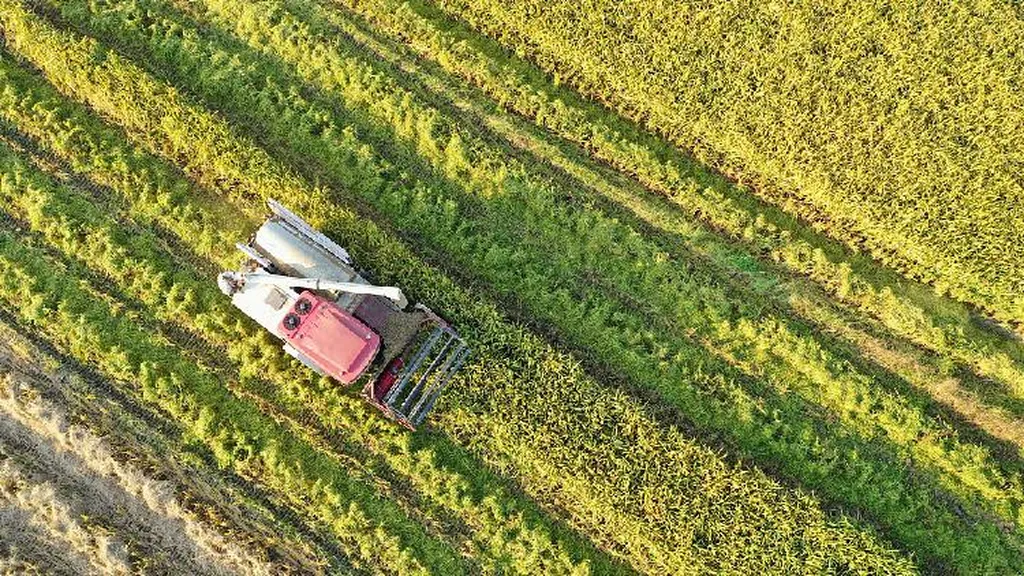In the vast landscape of agricultural economics, a new study has emerged that could reshape our understanding of how intellectual property rights, particularly geographical indications (GIs), can boost farmers’ incomes. Led by Yuxin Cui from the School of Agricultural Economics and Rural Development at Renmin University of China, the research delves into the often-overlooked impact of agricultural GIs on rural economies, using China as a case study.
The study, published in the journal *Agricultural and Food Economics* (translated from Chinese as *Nongye yu Shizheng Jingji*), analyzed panel data from 278 Chinese cities over the period from 2014 to 2022. The findings are compelling: agricultural GIs have a positive influence on farmers’ income, even after accounting for endogeneity and other confounding factors. This effect is particularly pronounced in eastern, northern, and highly marketized regions.
Cui explains, “Our research reveals that GIs for agricultural products not only enhance the market value of these products but also create a ripple effect that boosts farmers’ income. This is particularly significant in regions where market mechanisms are more developed.”
The study goes beyond merely establishing a correlation. It identifies agricultural industrial agglomeration as a key mechanism through which GIs drive income growth for farmers. In simpler terms, when agricultural industries cluster together, they create synergies that amplify the benefits of GIs.
Moreover, the research employs threshold models and spatial econometric models to uncover even more nuanced insights. It finds that the positive effects of agricultural GIs exhibit nonlinear increasing ‘marginal effects’ and spatial spillover characteristics. This means that as more GIs are introduced, their impact on farmers’ income grows at an increasing rate, and these benefits can spill over to neighboring regions.
So, what does this mean for the future of agricultural development and rural economies? The findings suggest that policymakers in developing countries should consider promoting agricultural GIs as a strategy to improve farmers’ income and foster rural industrial development. By encouraging the clustering of agricultural industries, they can maximize the benefits of GIs and create a more prosperous rural economy.
As Cui puts it, “Our study provides empirical evidence that can guide policymakers in formulating strategies for rural industrial development. By leveraging the power of GIs and industrial agglomeration, we can create a more sustainable and prosperous future for farmers.”
In the broader context, this research could have significant implications for the energy sector as well. As the world shifts towards more sustainable and localized food systems, the agricultural sector’s energy demands and supply chains will evolve. Understanding how GIs and industrial agglomeration can boost rural economies can help shape energy policies that support these changes.
In conclusion, this study is a significant step forward in our understanding of the role of intellectual property rights in agricultural development. It opens up new avenues for research and policy formulation, with the potential to transform rural economies and contribute to global food security. As we grapple with the challenges of climate change and sustainable development, such insights are more valuable than ever.

